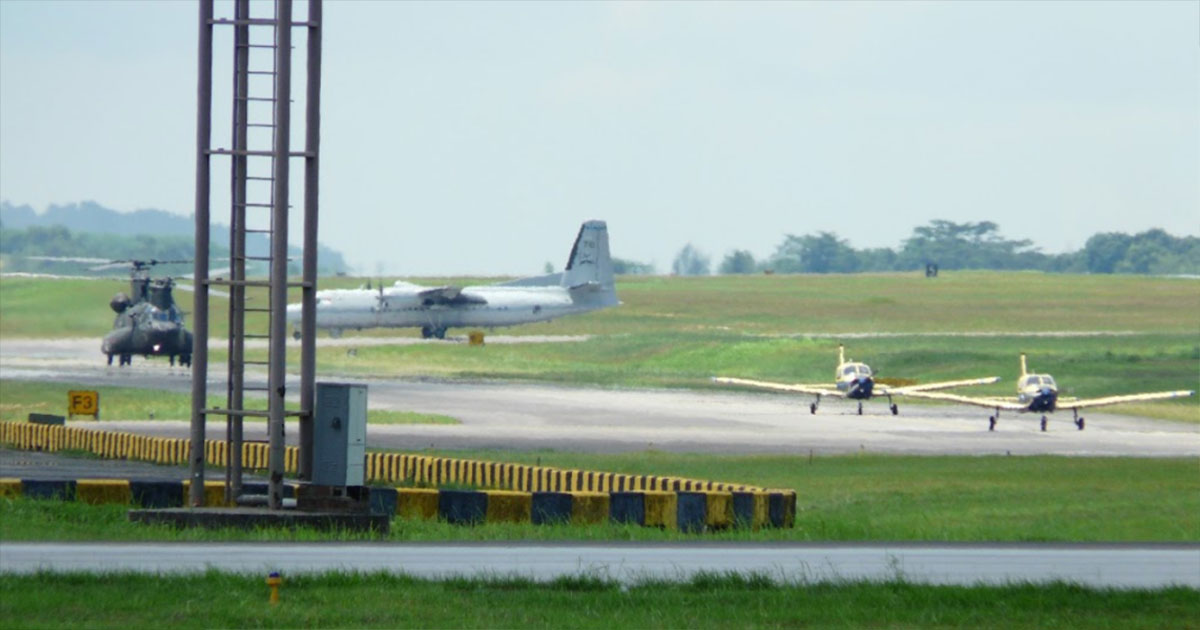Follow us on Telegram for the latest updates: https://t.me/mothershipsg
A town will be built on the Paya Lebar Air Base site when the facility is relocated in the 2030s to free up about 800ha of land.
The Urban Redevelopment Authority (URA) announced on Monday (June 6) the air base's long-term plan review, The Straits Times reported.
Housing, recreational and business activities
Paya Lebar Air Base is currently used for military aircraft for take-offs and landings.
With the development of a new town, the air base's 3.8km-long runway could be turned into a running track.
The Singapore Institute of Planners (SIP) and the Singapore Institute of Architects (SIA) have been working with the URA on ideas for the new development.
The site and its surrounding industrial areas is about five times the size of Toa Payoh.
The area will be developed progressively into a new town with housing and recreational facilities, as well as space for businesses.
The architects proposed districts within the town.
Each district will have its own identity based on key heritage features, such as the former passenger terminal buildings, control tower, airport hangars, runway, bunkers and other historic buildings, CNA reported.
URA said SIP and SIA's ideas will be studied and considered for the development of the site's future master plan.
Future MRT Cross Island Line
The future Cross Island Line will run through the town, URA said.
Singapore's longest fully underground MRT line connects Jurong Lake District, Punggol Digital District and Changi region.
Paya Lebar Airport was opened in 1955.
It was built to replace Kallang Airport and served as Singapore's commercial international airport for 26 years until 1981.
It was converted into and used as a military airbase since then.
The new town is envisioned to have at least half of its energy needs derived from renewable resources, such as solar farms and waste-to-energy plants.
Top photo via Google Map
If you like what you read, follow us on Facebook, Instagram, Twitter and Telegram to get the latest updates.
